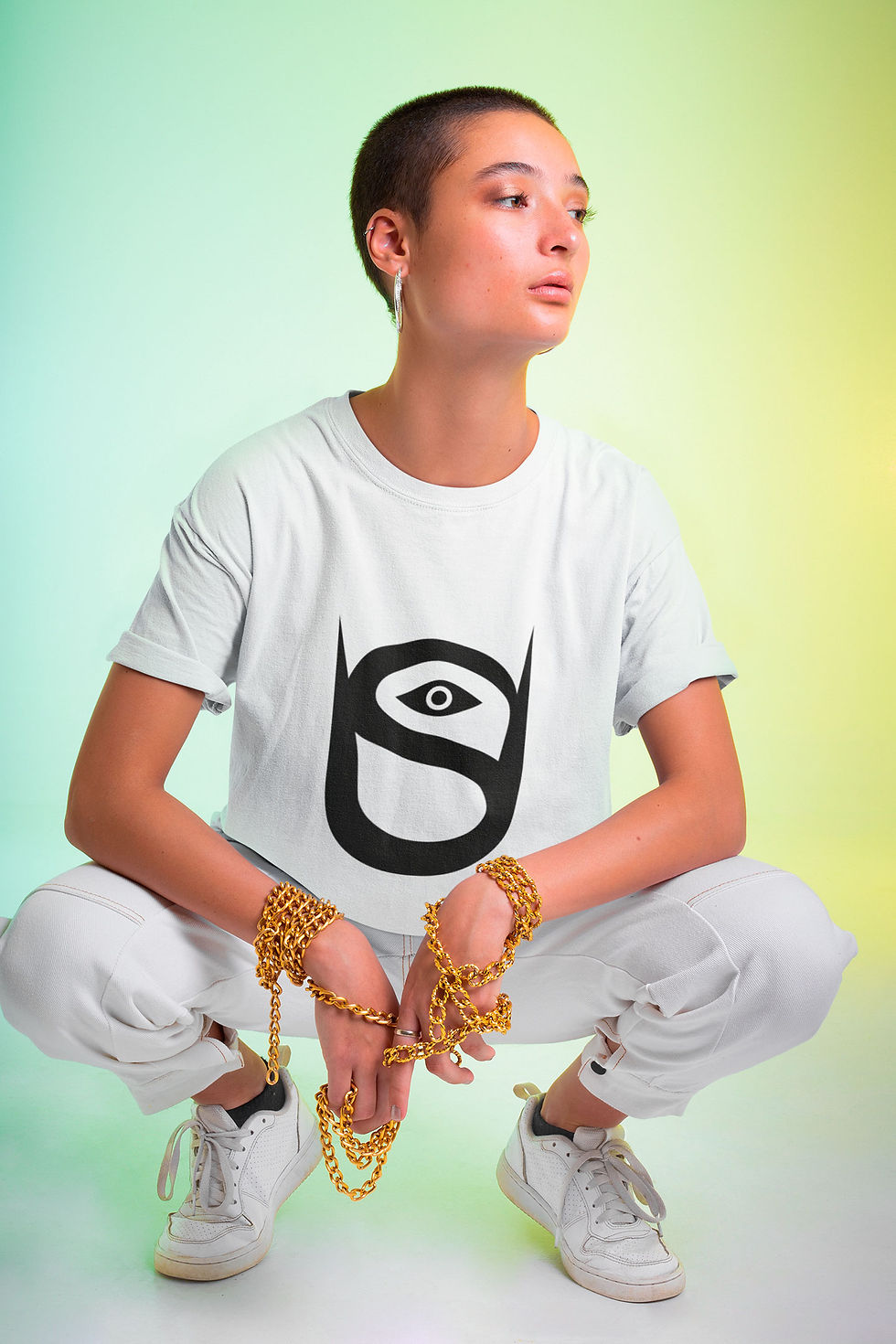What is Future of Streetwear
- Loxyco

- Aug 26
- 4 min read
Updated: Nov 22
Streetwear style has evolved far beyond its roots in skate and hip-hop culture. Today, it is a dynamic and influential force in global fashion, blending comfort, creativity, and cultural expression. As we look ahead, several key factors are shaping the future of streetwear, from technological innovation to sustainability and cultural shifts. Understanding these trends can help enthusiasts and brands stay ahead in this fast-moving fashion landscape.
The Evolution of Streetwear Style
Streetwear style started as a grassroots movement, heavily influenced by urban youth culture. It combined elements of skateboarding, hip-hop, and punk, creating a unique aesthetic centered on casual, comfortable clothing like hoodies, sneakers, and graphic tees. Over time, streetwear has become a mainstream fashion powerhouse, embraced by luxury brands and high-profile designers.
Today, streetwear style is characterized by its versatility and inclusivity. It mixes high and low fashion, sportswear, and vintage pieces. The future will likely see even more blending of styles, with streetwear becoming a canvas for personal and cultural storytelling.
Brands are experimenting with new silhouettes, materials, and collaborations. For example, oversized fits and gender-neutral designs are gaining popularity, reflecting broader social movements toward inclusivity and self-expression.

Key Drivers Influencing Streetwear Style
Several factors are driving the future of streetwear style. These include:
Technology and Innovation: Smart fabrics, 3D printing, and augmented reality are beginning to influence how streetwear is designed and experienced. For instance, some brands are incorporating tech-enabled clothing that changes color or texture based on the environment.
Sustainability: Eco-conscious consumers are pushing brands to adopt sustainable practices. This includes using recycled materials, ethical manufacturing, and promoting longevity in clothing rather than fast fashion cycles.
Cultural Fusion: Streetwear is increasingly global, drawing inspiration from diverse cultures and subcultures. This fusion creates fresh, hybrid styles that resonate with a worldwide audience.
Digital Influence: Social media platforms and digital communities play a huge role in shaping trends. Influencers and online collaborations help spread new styles rapidly, making streetwear a constantly evolving scene.
These drivers are not isolated but interact to create a rich, complex future for streetwear style.
What are the four types of streetwear?
Understanding the different types of streetwear can help clarify the diversity within this fashion category. The four main types are:
Skatewear
Rooted in skateboarding culture, this style emphasizes durability and comfort. Key items include graphic tees, loose jeans, and skate shoes. Brands like Supreme and Vans are iconic in this category.
Hip-Hop Streetwear
Influenced by hip-hop music and culture, this style features bold logos, baggy pants, and flashy accessories. It often incorporates luxury brands and sportswear elements.
High-End Streetwear
This type blends streetwear aesthetics with luxury fashion. Designers like Virgil Abloh and brands like Off-White and Balenciaga have popularized this fusion, making streetwear a status symbol.
Athleisure
Combining athletic wear with casual style, athleisure focuses on comfort and functionality. Items like joggers, hoodies, and sneakers are staples, appealing to those who want versatile clothing for both workouts and everyday wear.
Each type reflects different cultural influences and consumer needs, contributing to the rich tapestry of streetwear style.

How Sustainability is Redefining Streetwear
Sustainability is no longer a niche concern but a central theme in the future of streetwear. Consumers are increasingly aware of the environmental impact of fashion, demanding transparency and responsibility from brands.
Many streetwear labels are adopting eco-friendly materials such as organic cotton, recycled polyester, and biodegradable fabrics. Some are also experimenting with upcycling—transforming old garments into new, unique pieces.
Brands are focusing on quality over quantity, encouraging customers to invest in durable items that last longer. This shift challenges the fast fashion mentality and promotes a more mindful approach to consumption.
Additionally, circular fashion models are emerging, where brands offer repair services, resale platforms, or take-back programs to reduce waste.
For consumers, supporting sustainable streetwear means:
Choosing brands with clear environmental commitments
Caring for garments properly to extend their life
Participating in clothing swaps or resale markets
This movement is reshaping streetwear into a more ethical and future-proof style.
The Role of Digital Culture in Streetwear's Future
Digital culture is a powerful force in shaping streetwear style. Social media platforms like Instagram, TikTok, and Pinterest allow trends to spread globally at lightning speed. Influencers and content creators showcase new looks, making streetwear accessible and aspirational.
Virtual fashion is also on the rise. Digital-only clothing and NFTs (non-fungible tokens) are creating new ways to express style without physical garments. Some brands are launching virtual collections that can be worn in online games or social media avatars.
Moreover, online communities foster collaboration and creativity. Streetwear enthusiasts share ideas, customize pieces, and even co-create designs with brands.
To stay current with streetwear fashion trends, engaging with digital platforms and communities is essential. This interaction not only influences what people wear but also how they perceive and value streetwear culture.

Embracing the Future of Streetwear Style
The future of streetwear style is vibrant and full of possibilities. It will continue to evolve through the interplay of culture, technology, and sustainability. For those passionate about streetwear, staying informed and adaptable is key.
To embrace this future:
Explore diverse styles and cultural influences
Support brands that prioritize sustainability and innovation
Engage with digital platforms to discover emerging trends
Experiment with personal expression through mixing and matching pieces
By doing so, streetwear enthusiasts can contribute to a fashion movement that is creative, responsible, and inclusive.
For more insights on the latest streetwear fashion trends, keep following trusted sources and stay connected with the community.
Streetwear style is not just about clothing - it is a reflection of identity, culture, and the times we live in. The future promises exciting developments that will keep this fashion genre fresh and relevant for years to come.




Comments